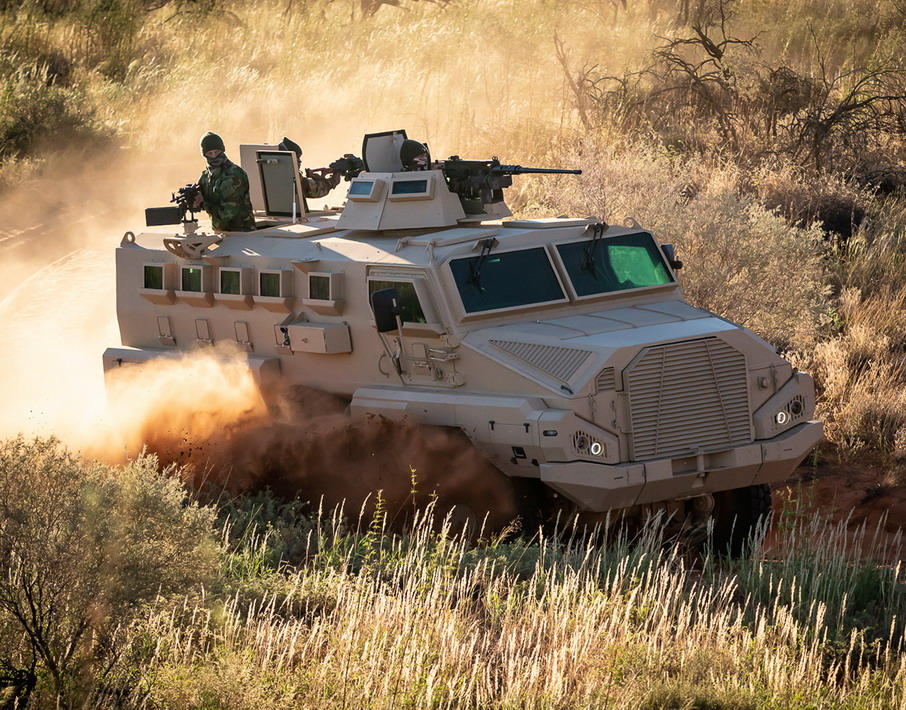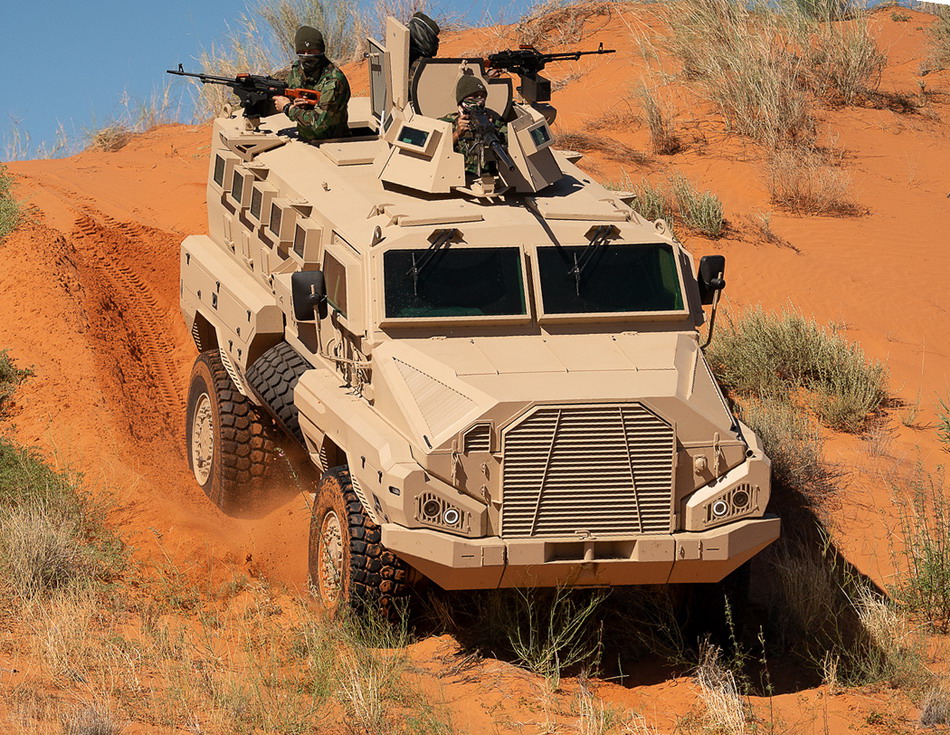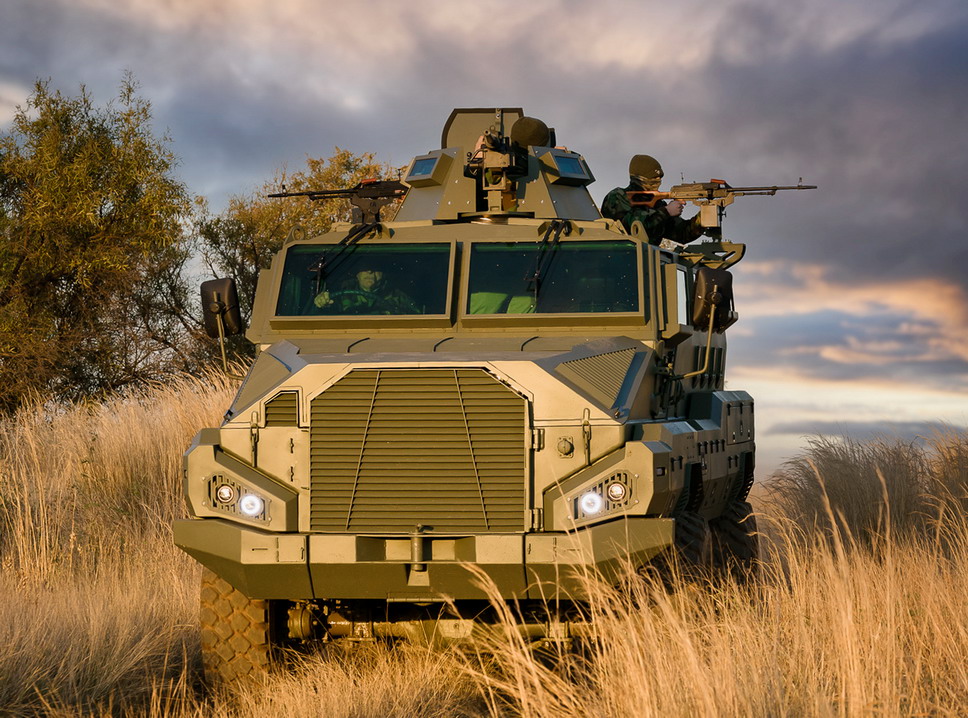 wilhelm Mon Jan 11, 2016 12:07 pm
wilhelm Mon Jan 11, 2016 12:07 pm
It is an interesting topic.
There is an old book, from the 1980's, that dealt with the mine protected vehicles, called Taming the Landmine from Peter Stiff. It is dated now, but gives an interesting insight into some of the earlier vehicles.
A much more modern book, published a year or two ago, is Surviving the Ride by Steve Camp and Helmoed Romer Heitman, who was a reserve officer in the Army. I haven't got it yet, but here is a sample of some of the pages:
https://books.google.ie/books?id=yO2ZBgAAQBAJ&pg=PP1&lpg=PP1&dq=surviving+the+ride+steve+camp&source=bl&ots=0N3E0DcZsR&sig=QcYx8Ctu4fasrYMusR5WByjCvvI&hl=en&sa=X&ved=0ahUKEwj5n8aLyaHKAhVEPRoKHUOHA5kQ6AEIMzAD#v=onepage&q=surviving%20the%20ride%20steve%20camp&f=false
It deals not only with the mine protected APC's, but also with the heavier Infantry Fighting Vehicles and armoured cars that also had mine protection designed in from the start.
South Africa was no longer a member of the commonwealth by the time these vehicles were developed, having declared itself a republic in 1961 and leaving the Commonwealth at the same time.
This, in conjunction with the arms embargo, lead to a replacement of British equipment. Large factories were built and licences taken out for equipment such as engines as a drive to import substitution. As such, platforms such as the Bedford were replaced with locally made variants of the Magirus Deutz, as an example, and a large diesel engine manufacturing plant was built outside of Cape Town that manufactured a whole range of diesel engines. It is also worth bearing in mind that German companies such as MAN, Bussing, and Mercedes Benz had large manufacturing factories and assembly lines in South Africa for decades.
The Buffel was interesting, in that South Africa was at the time replacing Bedford and Unimog platforms with local Magirus Deutz platforms called the SAMIL range. When the Buffel was originally tested, although it was superior to previous Bedford based APC's, the Army was still unhappy that it wasn't SAMIL based, hence why a similar platform called the Bulldog was developed. In the 1980's, there were a variety of more developed vehicles designed to replace the Casspir and Buffel based on various platforms, many of them SAMIL based (Project Sireb, Project Remark, Veldskoen...etc). Some of these were APC's, but some of them were a crossover with features found in IFV's (Infantry Fighting Vehicles).
The Casspir was originally developed for the police, so it's Mercedes Benz components over SAMIL (Magirus Deutz) or Unimog components wasn't seen as an issue.
As you say, many of the early mine proof APC's and vehicles in South Africa in the early/mid 1970's had Bedford, Unimog, or Ford mechanicals.
The move from Bedford mechanicals was a good thing. The Saxon absolutely in no way compares to the Casspir in mine proofing/protection or ability. There is more to it than simply an angled hull...degree of slope, the type of seam/weld, the mounting of external components, seats that take back compression into consideration etc etc.
I wouldn't want to be in a Saxon detonating a triple TM-57 mine like the Casspir was designed to do. Mincemeat.
There is a lot of misinformation out there on the internet regarding mineproof vehicles regarding Rhodesia and South Africa. South Africa, with it's hugely bigger industrial base, were the pioneers in this field, not Rhodesia as is often stated. South Africa after all has a much much larger industrial base, and manufactured thousands of armoured vehicles and artillery pieces in WW2, for example.
Back in 1970 was when the first requirements were issued, leading to such pioneer vehicles as the Telefoonhokkie (Phone Booth) and the Kameel (Camel), Hyena, Wolf, and Bosvark.
Almost all of those predated Rhodesian efforts, apart from some rustic in-field conversions that weren't based on proper laboratory or scientific testing.
Dr Vernon Joynt was the one of the standout leading pioneers in the field, and on the Casspir, and indeed, he had a large part in designing the American Buffalo, which is squarely based on the Casspir (an earlier 6x6 version) but with American mechanicals.



 wilhelm
wilhelm














